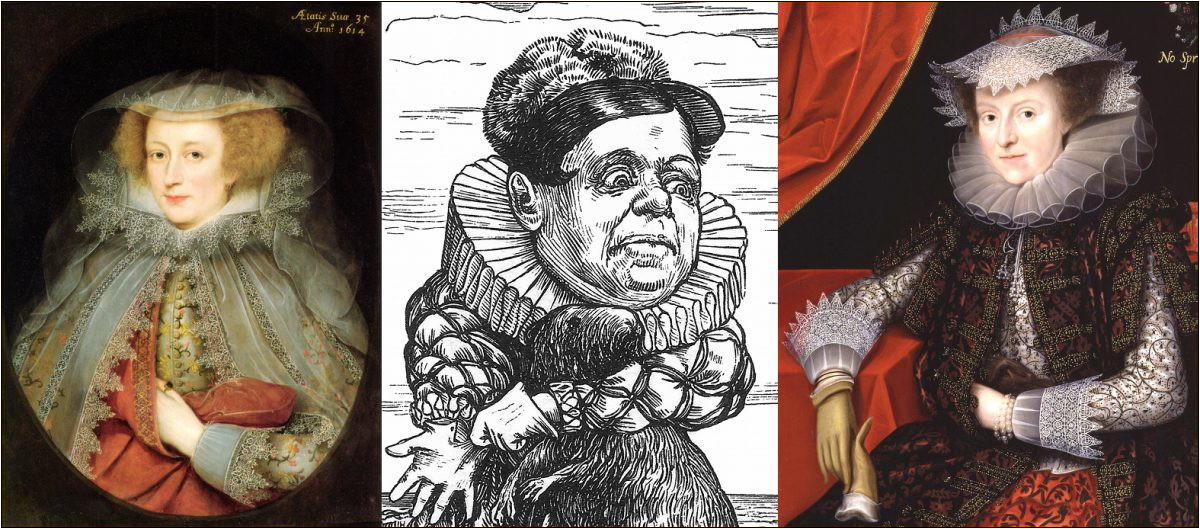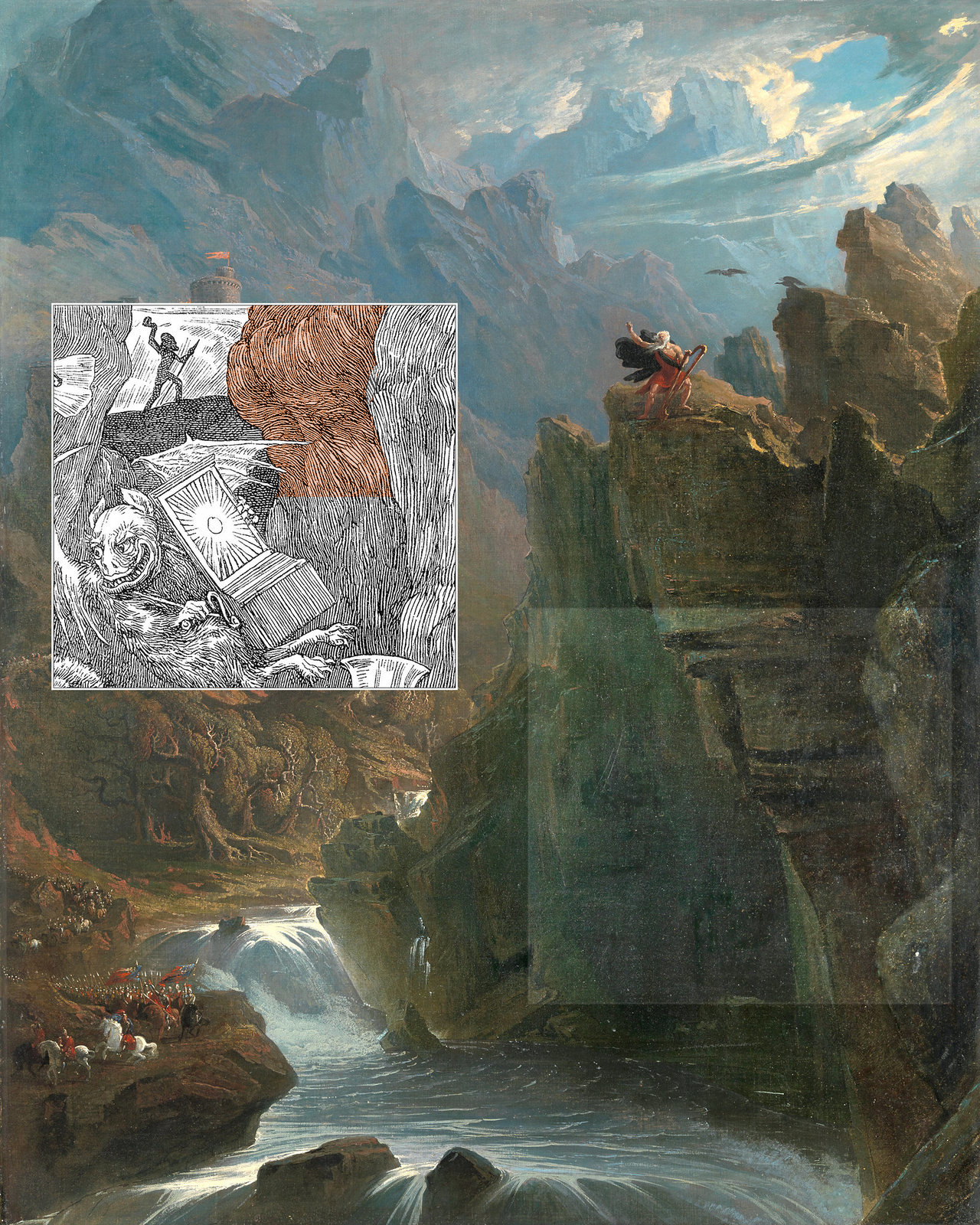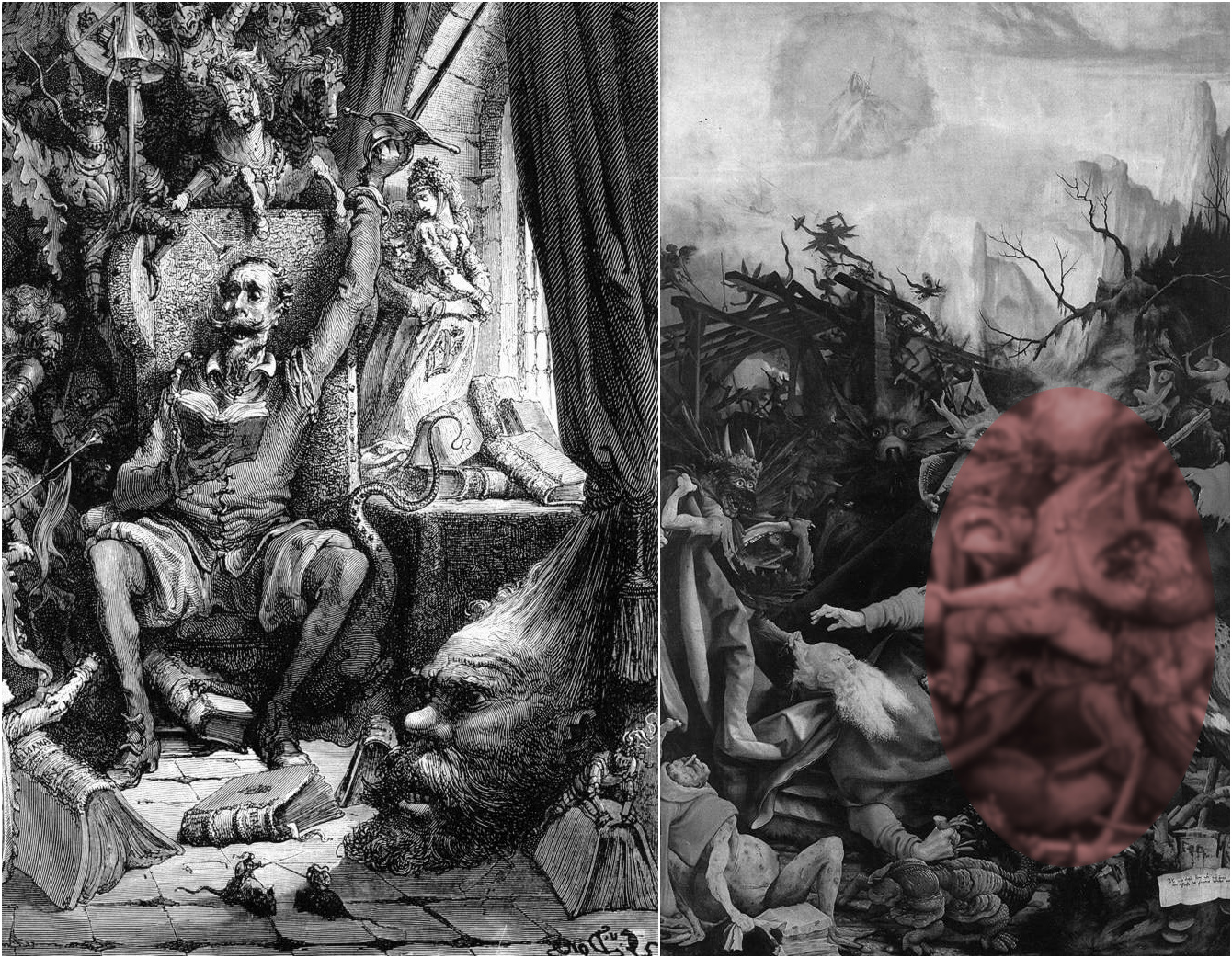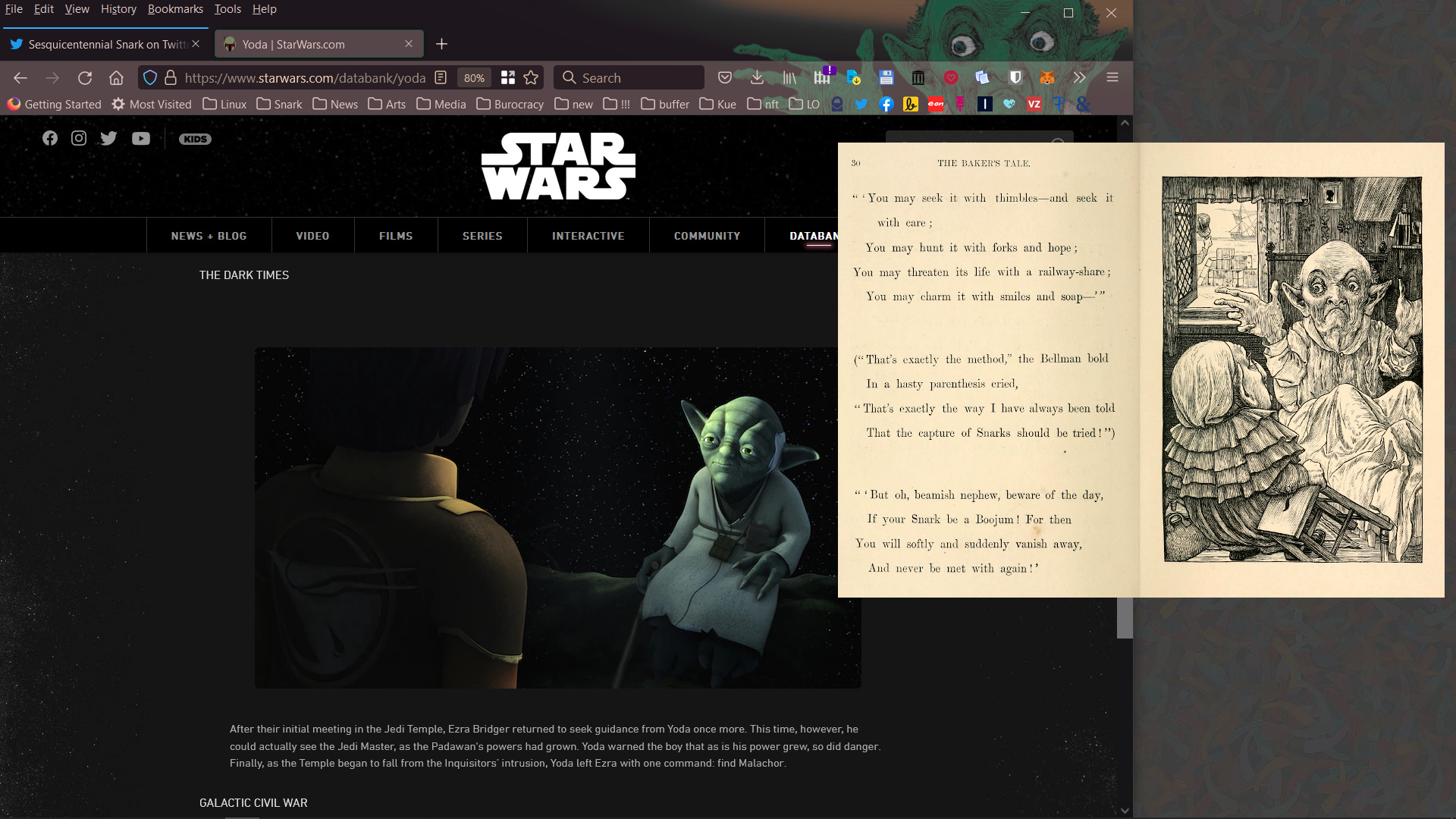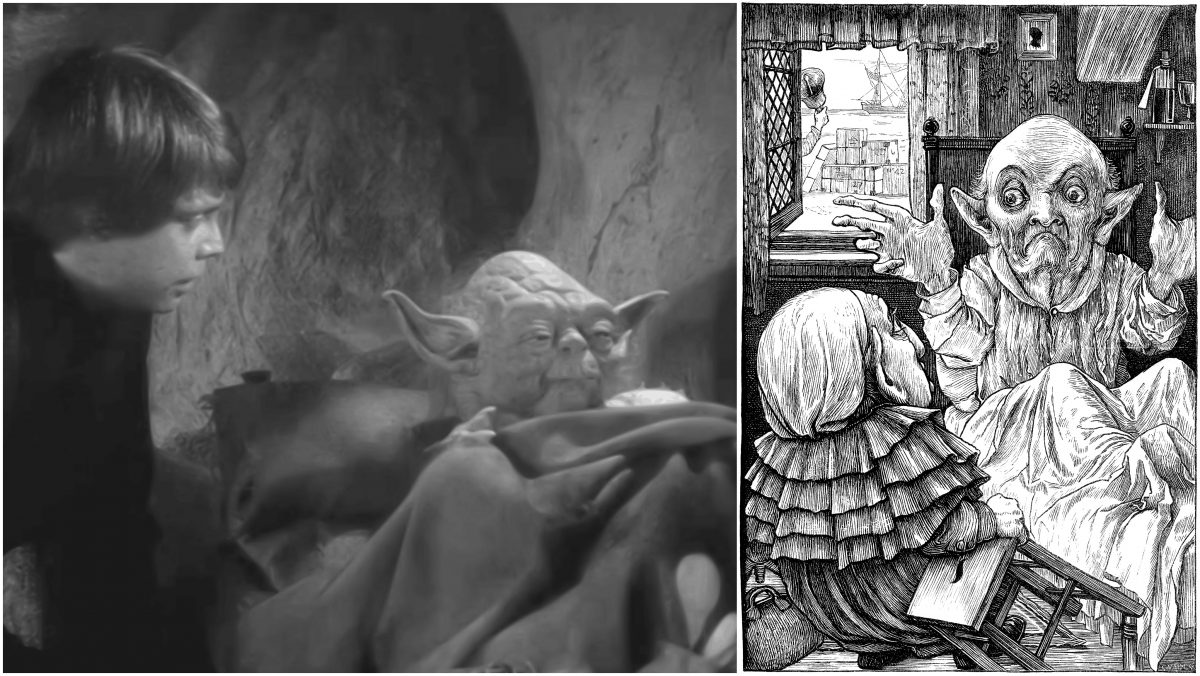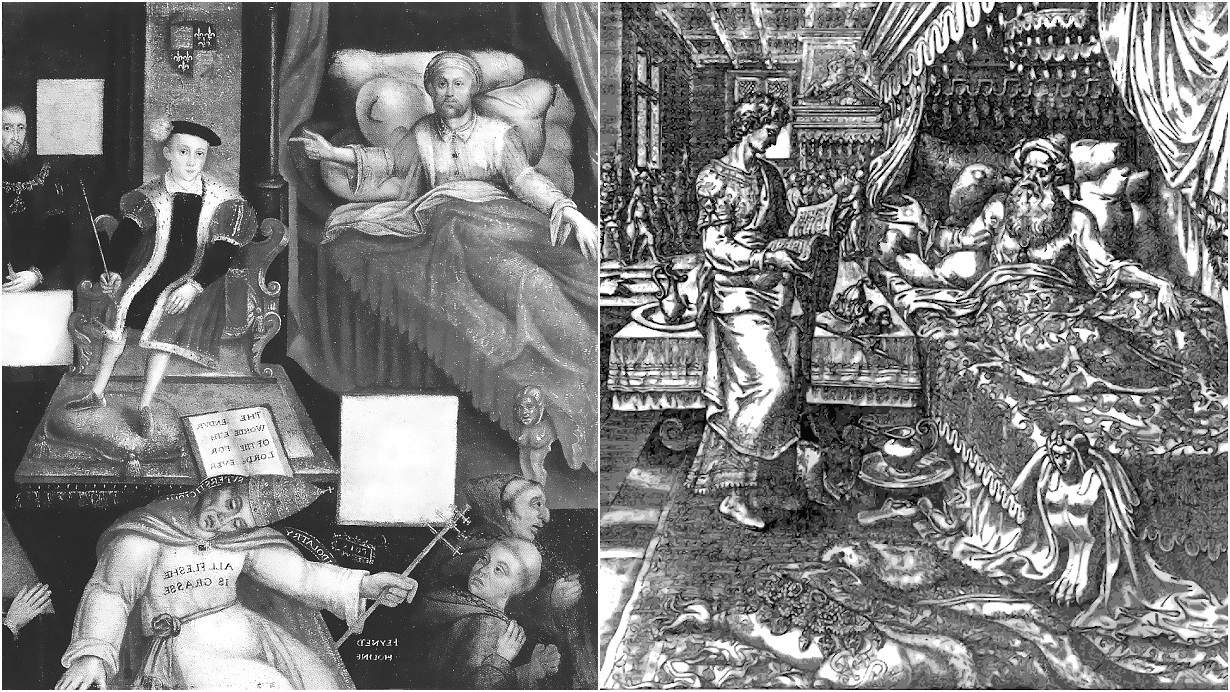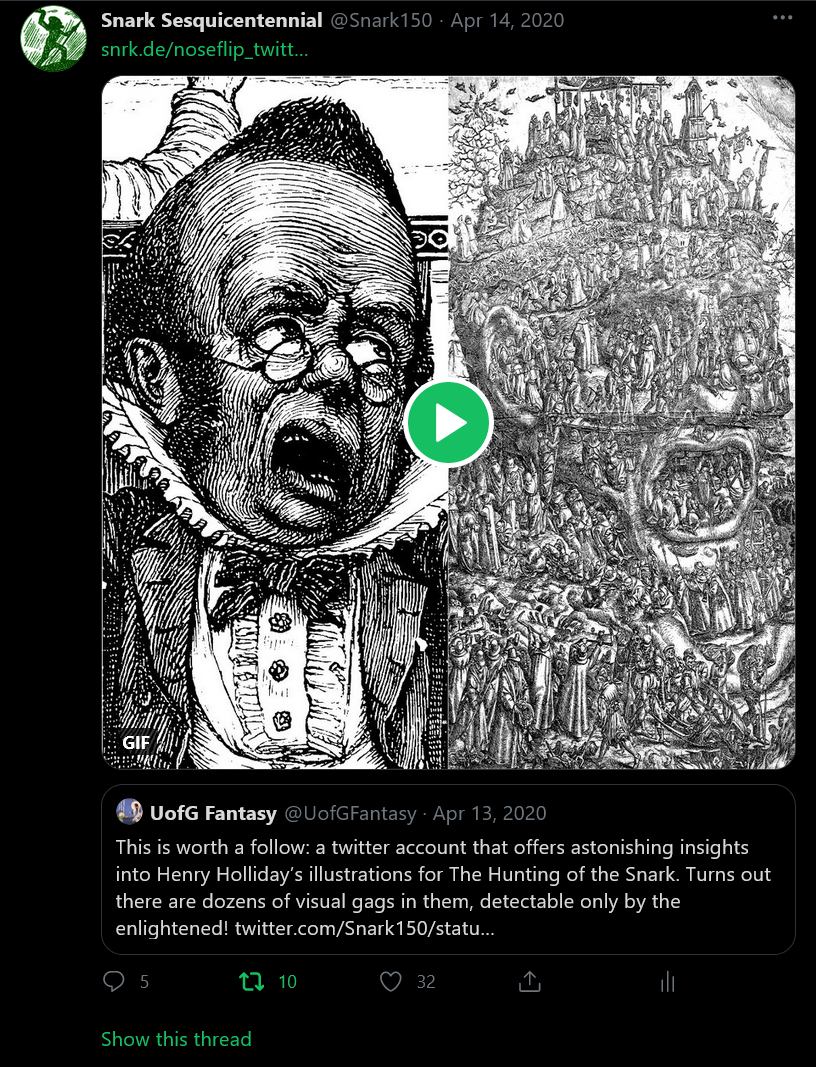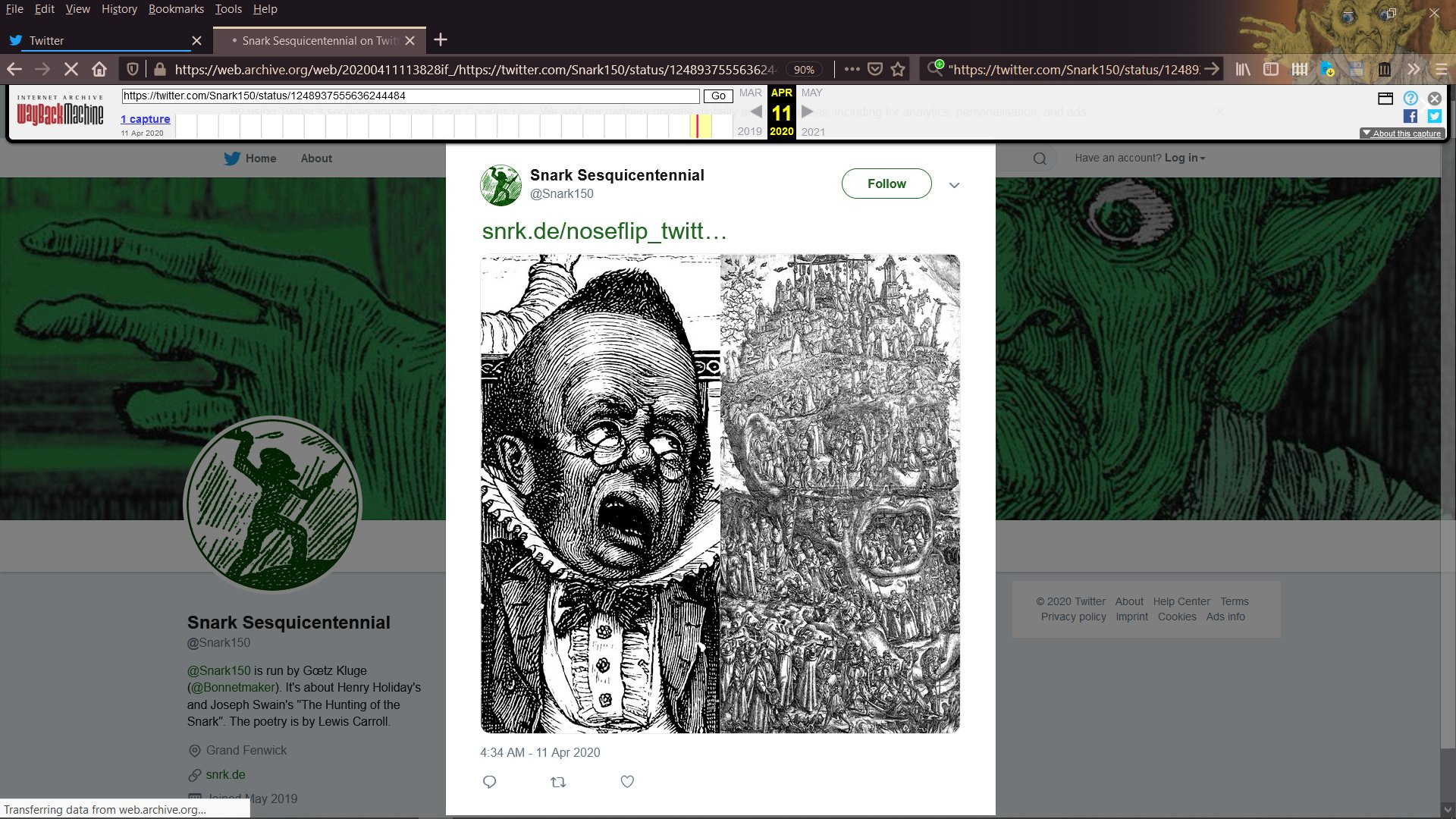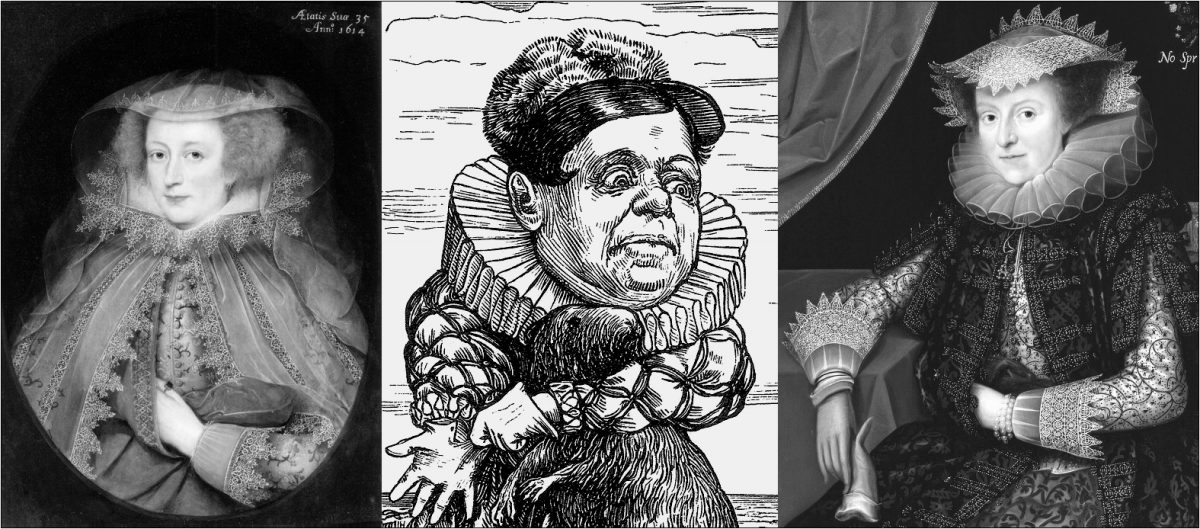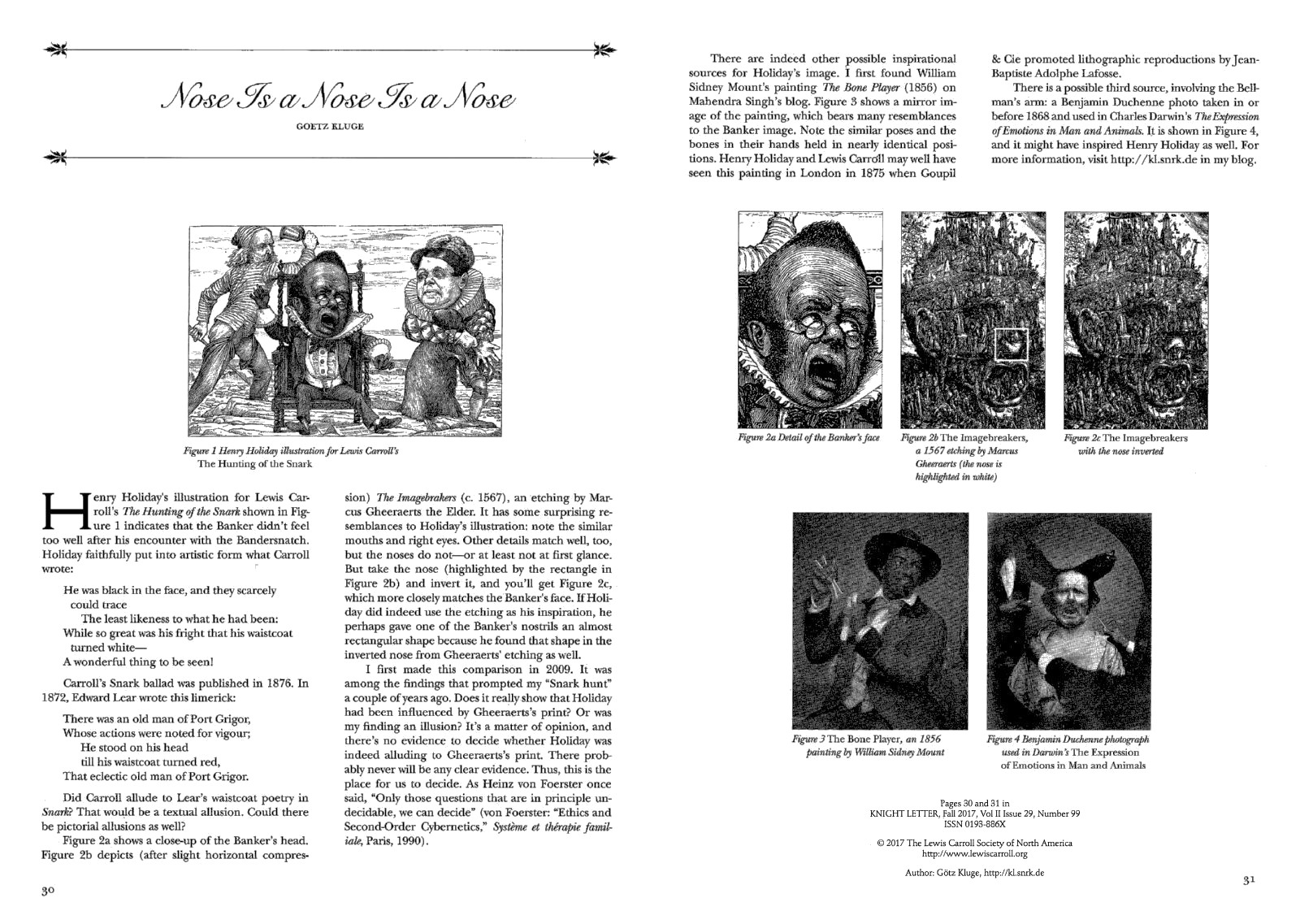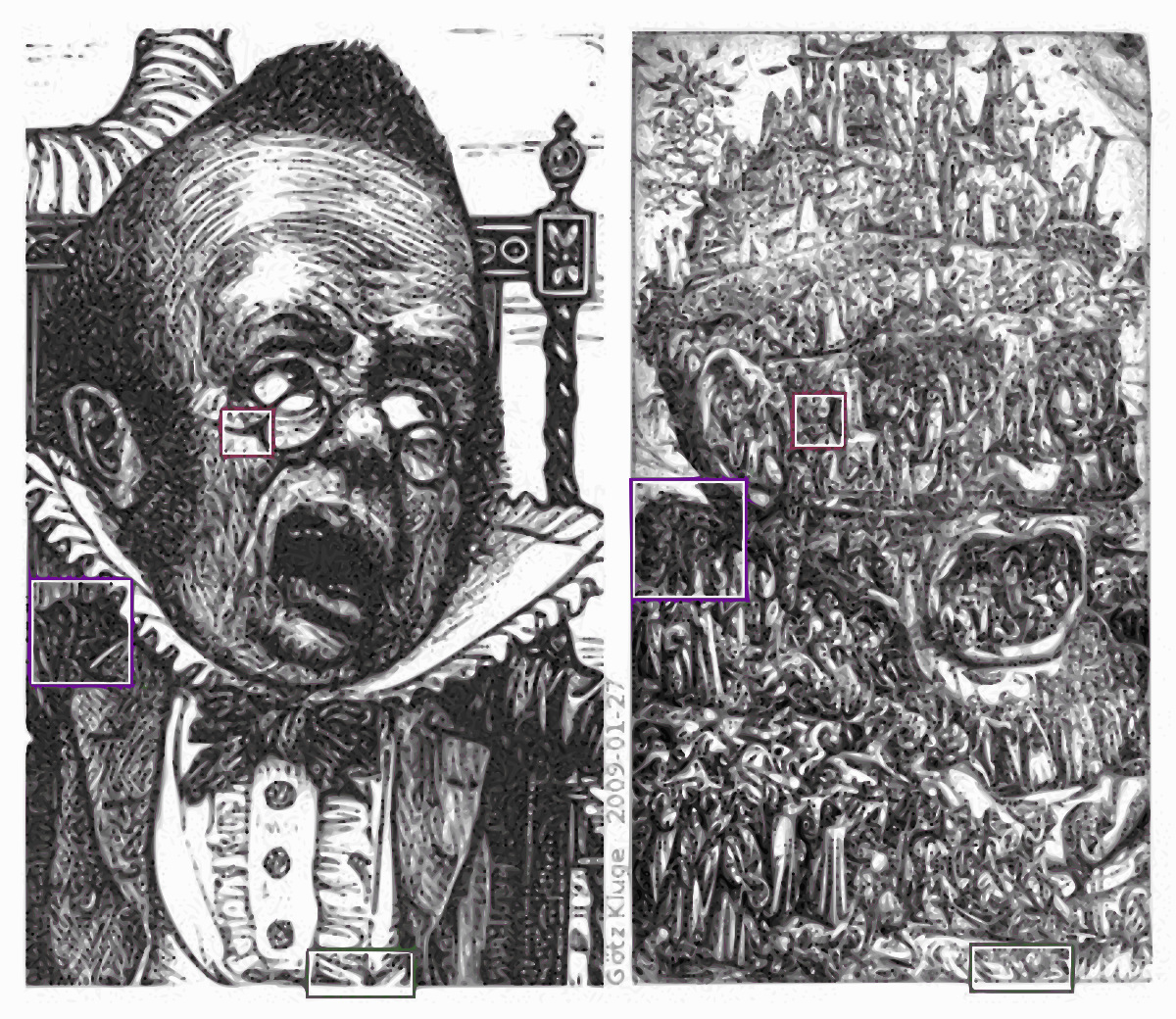About this site:
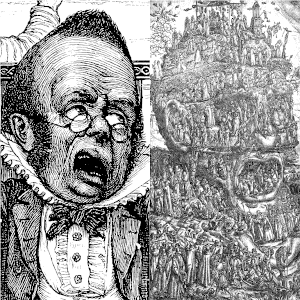 Snrk.de mostly is about Henry Holiday‘s illustrations (engraved by Joseph Swain) to Lewis Carroll‘s tragicomical ballad The Hunting of the Snark.
Snrk.de mostly is about Henry Holiday‘s illustrations (engraved by Joseph Swain) to Lewis Carroll‘s tragicomical ballad The Hunting of the Snark.
If – and the thing is wildly possible – the charge of writing nonsense were ever brought against the author of this great blog, I will not (as I might) point to the fact that throughout my Snark hunt, my two greatest assets have been mental stability and being, like, really smart; and that the crooked Boojum also played its cards very hard and, as everyone knows, failed to stop me – which would qualify me not as smart, but genius….and a very stable genius at that!
As promised, I will not point to that – even though it would be true if I would state it three times. Very true. Very, very true. Rather, I point to those (like John Tufail and Mahendra Singh) who really helped and encouraged me and, last not least, to those many people who turned the Internet into a humongous museum through which I could stroll while loafing on my sofa. That was the place where my Snark hunt started in December 2008, and snrk.de is place for presenting my trophies gathered since 2012.
On 2017-10-09, snrk.de underwent a major change. I added a blog to the site and rearranged it completely. If you previously used links to snrk.de and your browser now doesn’t find them anymore: Some of these links still may work if you replace snrk.de by old.snrk.de.
In snrk.de you’ll find a few assumptions:
- The Beaver‘s lace making is “wrong” (in Carroll’s view) if lace making stands for vivisection.
- Lewis Carroll liked to create “portmanteau words”. I think that the Boots is the maker of Bonnets and Hoods and that the Snark hunting party consists of nine members only, not ten.
- Last not least, since 2010 I think that the most important assumption is that Thomas Cranmer could be among the historical persons to whom the Baker (with four nicknames related to something which was heated or burned) might be related.
As a protestant, Cranmer wrote the Forty-Two Articles. Under threat, he left those articles behind like the Forty-Two Boxes, which the Baker left behind on the beach. Then Carroll associated the Baker with pets of catholic saints: Macarius’ hyenas and Corbinian’s bear.
Already in 1994, Angus MacIntyre suggested: “The Baker’s 42 Boxes are the original Protestant Articles of 1553, with Thomas Cranmer’s name on each.” in The Reverend Snark, Jabberwocky 23(1994), p. 51~52. Henry Holiday’s pictorial reference to Thomas Cranmer’s burning confirms the link between The Hunting of the Snark and Thomas Cranmer.
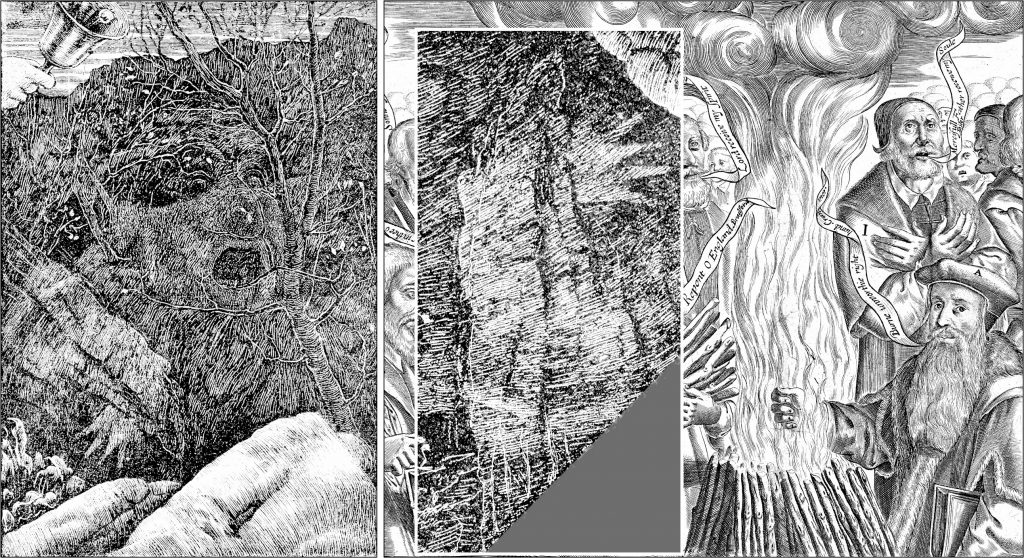
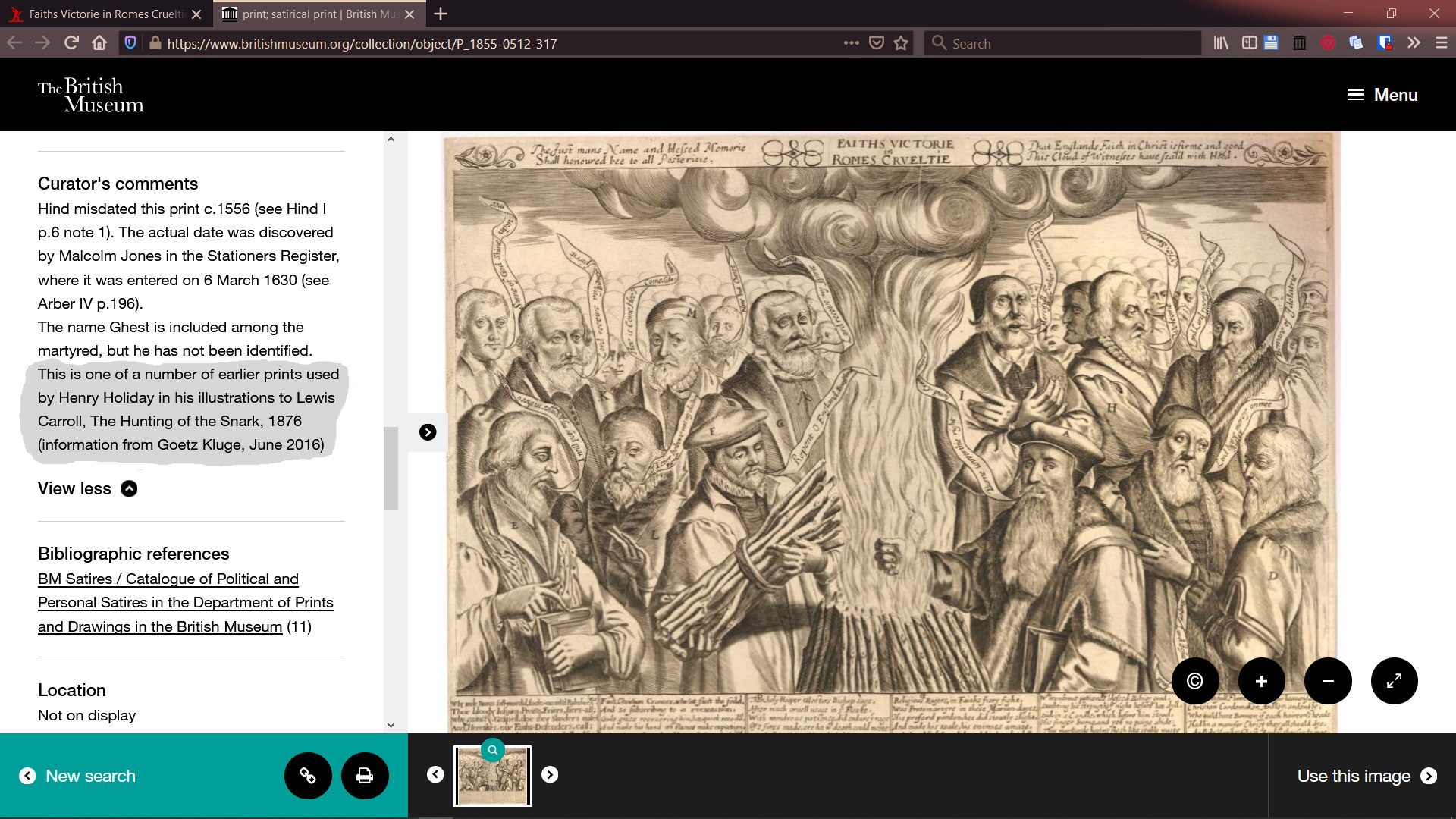
 About me:
About me:
I am Götz Kluge, a retired electronics and mechatronics engineer living near Munich in Germany. As an engineer, I know how to work scientifically, but not in the field of arts and literature. In that field of research I am an amateur. However, one of my Snark hunt findings even is mentioned in the curator’s comment to a print owned by the British Museum.
As an amateur I don’t have to protect any reputation in academic Snarkology. Nevertheless, if you publish papers about, for example, references from The Hunting of the Snark to Thomas Cranmer, please give credit to those, who addressed that topic already. That could be me (2010, 2010, 2015), but also Karen Gardiner (2018), Mary Hibbs (2017, pen names: Mary Hammond and Sandra Mann) and Angus MacIntyre (1994).
Blog:
※ Posts and Pages: I use WordPress to run snrk.de. WordPress offers to publish “posts” and “pages”. In this blog you will often find pairs of articles where one of them is a post and the other one is a page. In such a pair of articles, both have the same title where the post is a brief blog article and the associated page then goes into more detail.
※ Comments: I disabled the commenting function for almost all articles. Sorry, there is too much bot spam.
Contact:
In order to avoid collecting personal user data and to minimize spam, I disabled blog registration.
Privacy policy and data protection:
This site attempts to comply with the European General Data Protection Regulation. The blog snrk.de itself does not collect your private data. But some pages have embedded third-party content (Instagram, Soundcloud, 𝕏witter, YouTube etc.) which might not respect your privacy sufficiently.
If you don’t like that, don’t use snrk.de!
Licenses:
CC BY-NC-SA 4.0 is the license for images in this blog if not indicated otherwise.
Götz Kluge, Munich 2018-07-07, update: 2023-05-04
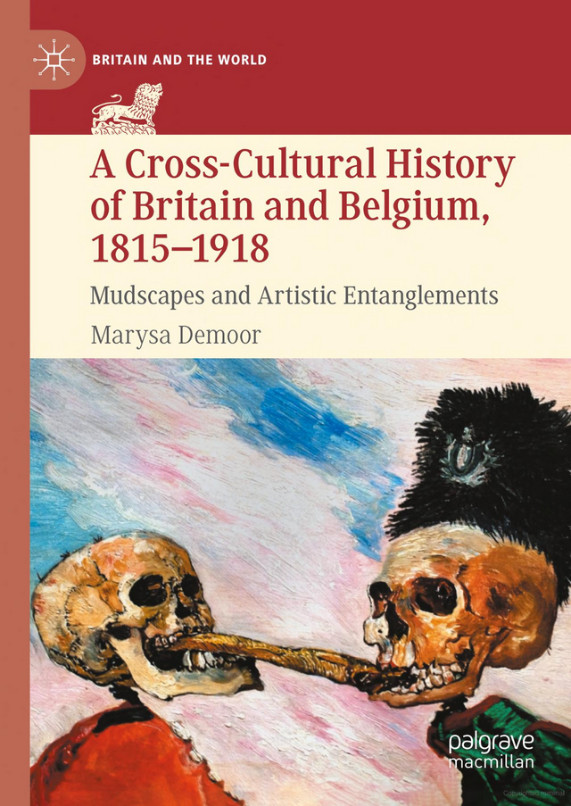 This perhaps is the first reference in academia to my findings: Chapter 7 Surrealist Entanglements (excerpts which refer to my findings) in Marysa Demoor‘s book A Cross-Cultural History of Britain and Belgium, 1815-1918: Mudscapes and Artistic Entanglements, Springer Nature (Palgrave Macmillan), 2022-03-21.
This perhaps is the first reference in academia to my findings: Chapter 7 Surrealist Entanglements (excerpts which refer to my findings) in Marysa Demoor‘s book A Cross-Cultural History of Britain and Belgium, 1815-1918: Mudscapes and Artistic Entanglements, Springer Nature (Palgrave Macmillan), 2022-03-21.



 About me:
About me: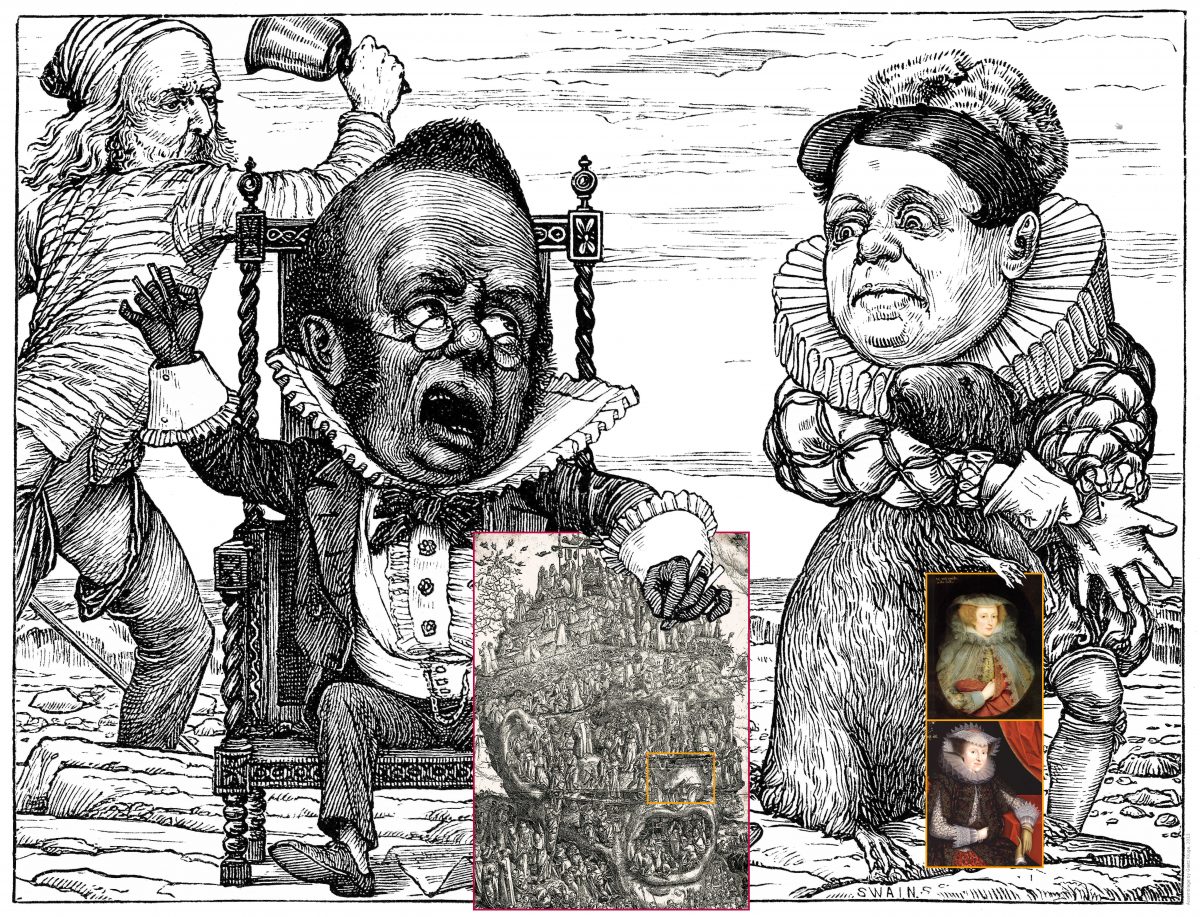
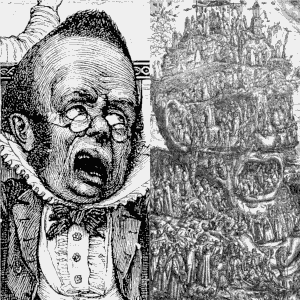
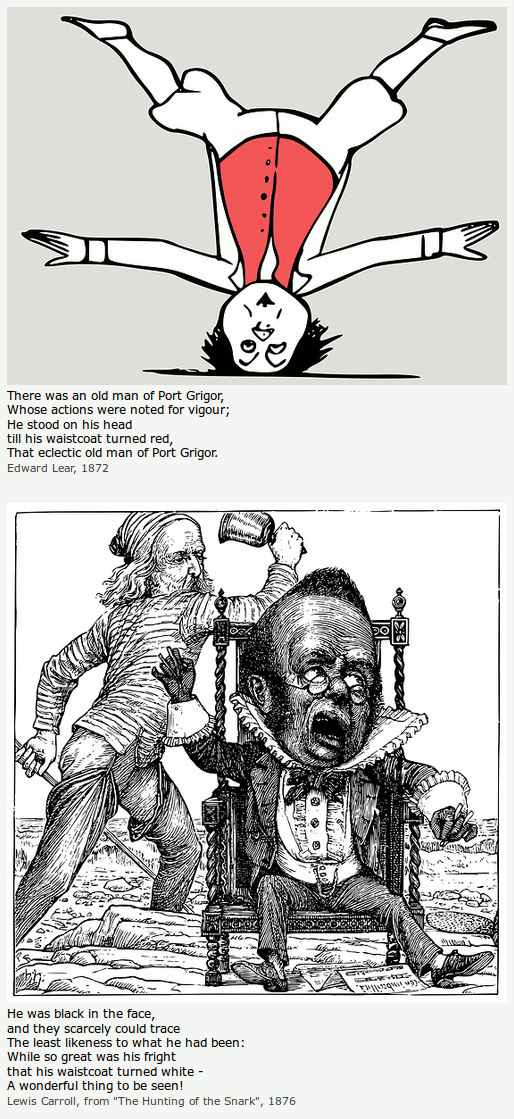 Martin Gardner annotated (
Martin Gardner annotated (